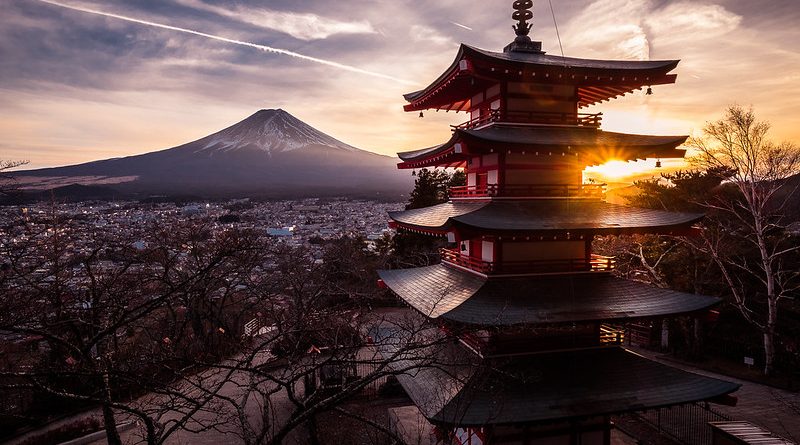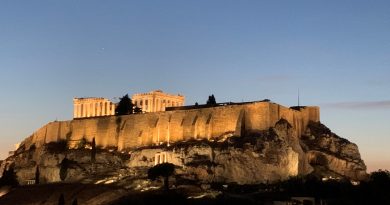Climbing Mount Fuji
Mount Fuji is undoubtedly one of the world’s most famous mountains but it’s not its height that’s elevated its stature – at 3776 meters or 12,380 feet Fuji is certainly not one of the world’s highest. Rather, it’s the perfect conical shape that seems to rise out of nowhere that has given it a religious symbolism for the Japanese as the gateway between heaven and earth and has made it a global icon for the beauty of nature.
Fuji is a dormant volcano (since 1707); it first erupted about 8-10,000 years ago. The top of is completely devoid of greenery or water, it’s just covered with a loose volcanic ash.
Traditionally the Japanese climb the mountain so that they reach the summit at about 4 o’clock in the morning, in time for the sunrise. This can be very elusive in summer when the skies are cloudy, only adding to its mystique.
Be aware, Japan has being trying to get World Heritage status for Mt. Fuji but so far it’s been refused on account of all the litter left behind by the thousands of tourists who make the pilgrimage here every summer. It’s still worth climbing but you certainly won’t be alone – indeed, at the top, climbers can visit a shrine, 24-hour noodle stalls, a post office, an office for souvenir stamps and a weather station!
Climbing Info:
The climbing season runs from July to August, outside that you’ll need a special permit. The trails are divided into ten stages and climbers usually start at the fifth stage. It’s a hard climb as the steep volcanic cinder moves about under foot. After the eighth stage altitude sickness can kick in so if you develop a bad headache or nausea descend immediately.
The end of the season is celebrated with a special festival held in nearby Fujiyoshida City. On the first night there is a procession through the streets and a big bonfire is lit in the main square. The festivities move to Sengen Shrine on the second day. Two small shrines are carried down from the mountain and the men following the procession light fires in the middle of streets for about twenty blocks. All this takes places to the beat of the traditional Taiko drums. They say this one of the three most peculiar festivals in Japan!




